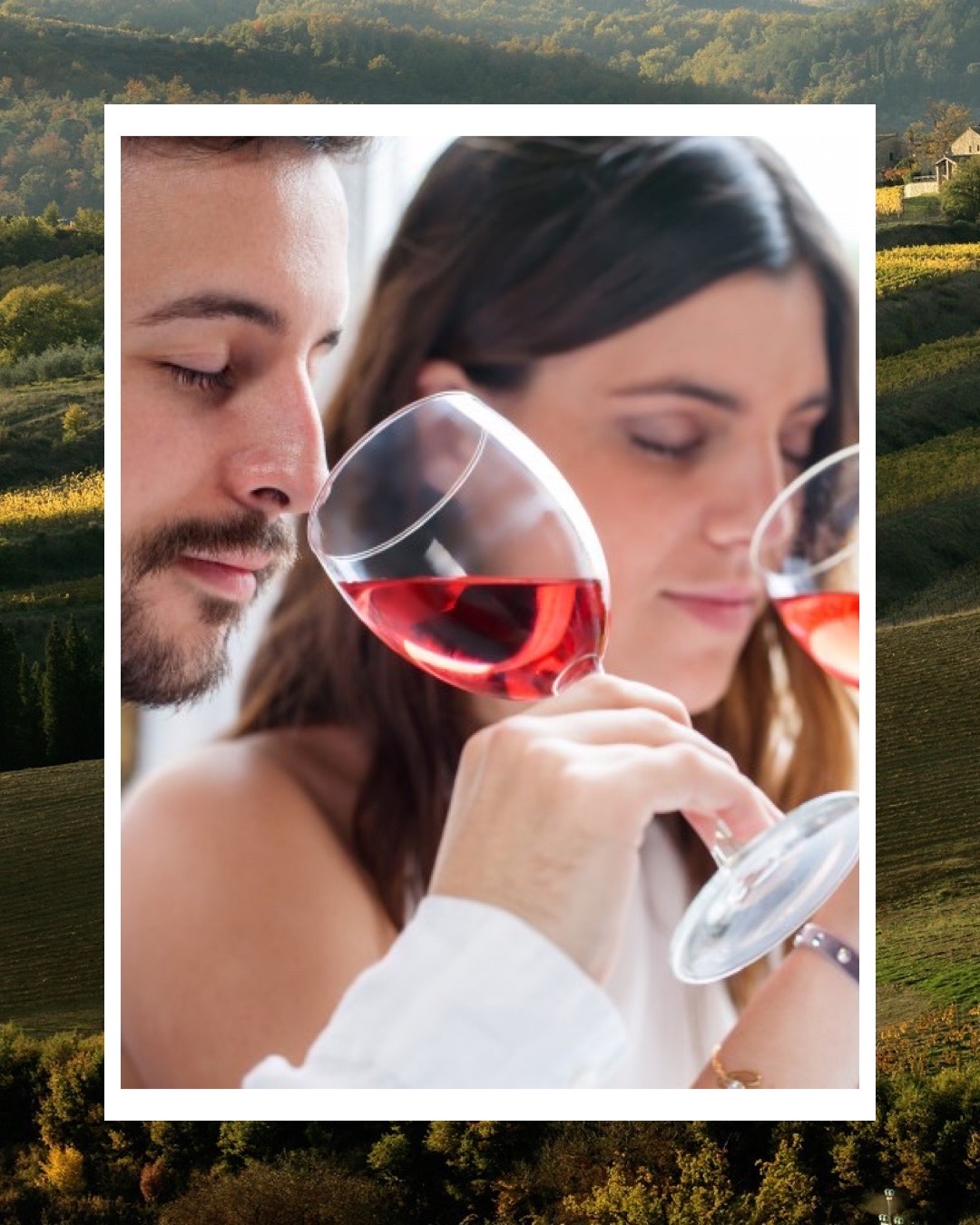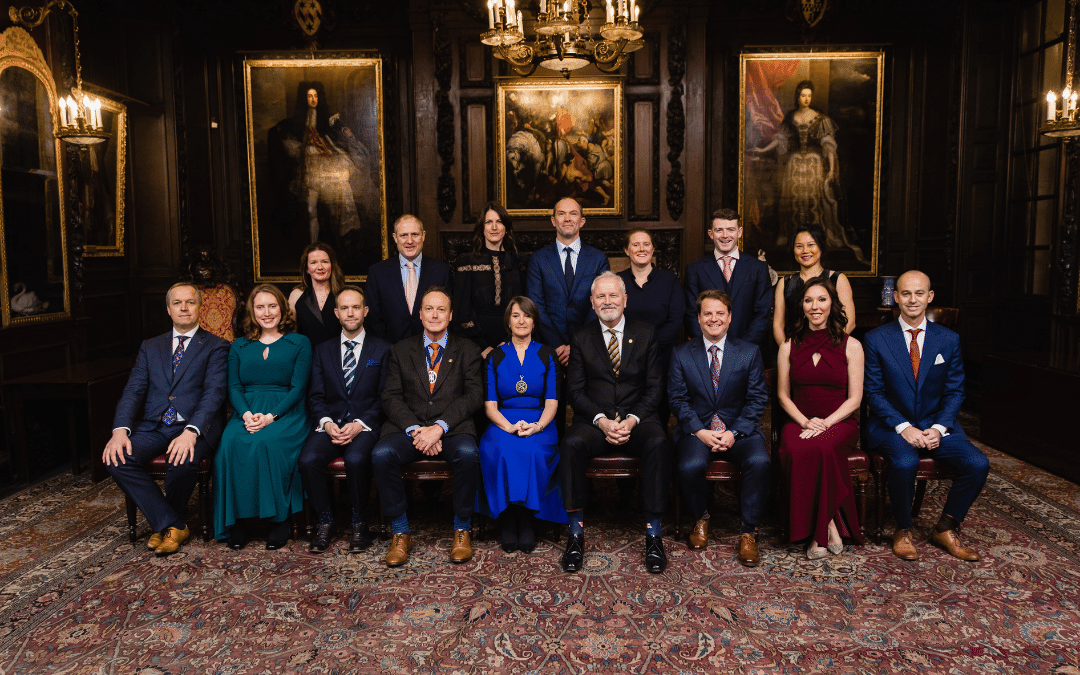Wine Paris & Vinexpo Paris confirms it will take place February 14 – 16 2022 at Paris Expo Porte de Versailles and is all-set to greet the international wine and spirits industry in the best possible conditions.
The Vinexposium group’s flagship event will be the first major international gathering of the year. Highly awaited by the wine and spirits industry, which has been unable to meet up in Paris for nearly two years, Wine Paris & Vinexpo Paris will welcome 2,800 exhibitors from 32 countries over three days. France will be widely represented with ramped up attendance by every region, all of which support this major export-focused exhibition and have jointly decided to go ahead with it as scheduled in February. Stakeholders across-the-board are very involved in the final preparation stages leading up to Paris next month and the teams at Vinexposium are redoubling their efforts to make Wine Paris & Vinexpo Paris a highly effective tool for promoting market recovery.
“Wine Paris & Vinexpo Paris has rapidly become an unmissable event that we are very much looking forward to! We are delighted to be able to take part in this major wine gathering in Paris next month, to meet up with our customers again and to boost our business in export markets”, is the reaction from Philippe Guigal, CEO of E. GUIGAL.
“February 14 this year is a long-awaited date in my diary, not for Saint Valentine but the return of a great European wine fair in Paris. Sorely missed last year, I eagerly await reconnecting with dear friends and suppliers and hunting out new great wines and relationships to build on for the year ahead. With an enormous array of excellent wine on show my only reservation is three days isn’t long enough”, comments John Chapman, Managing Director of The Oxford Wine Company.
Ongoing safety arrangements will be executed with utmost rigour to ensure the event runs seamlessly while providing the comfort and conviviality expected by attendees. Measures include a valid health pass (or vaccination pass depending on current regulations) which will be essential for accessing the event, along with mandatory face coverings. Digital access badges (e-badge) will be favoured and an enhanced cleaning process will be used in every area throughout the three-day event.
These conditions will enable all attendees to fully benefit from the extensive range of features at the 2022 exhibition, which will be punctuated by key areas and headline events. The programme has been designed to offer all industry members an optimised in-person experience with numerous masterclasses and tastings, multi-format talks by experts and inspiring personalities and popular themed areas – Be Spirits will honour spirits and mixology, Wine Tech Perspectives will allow attendees to dive deep into the heart of innovation and digitalisation in the industry and La Nouvelle Vague will highlight young winemakers and talents.
Vinexposium’s teams have a good handle on the development of the health situation and government regulations to ensure the event is a success.
For more information: wineparis-vinexpo.com
#vinexposiumconnect #vinexposium40 #celebration #globalevents #winesandspirits #winetrade
#wineevent #wine #winelovers #winetasting #wineparis #VinexpoParis #Paris #Parisevent #winelover #winelovers #instawine #winetime #vin #winestragram #winery #winebusiness #winefair #winepassion #whitewine #redwine #igersfrance #igersparis





